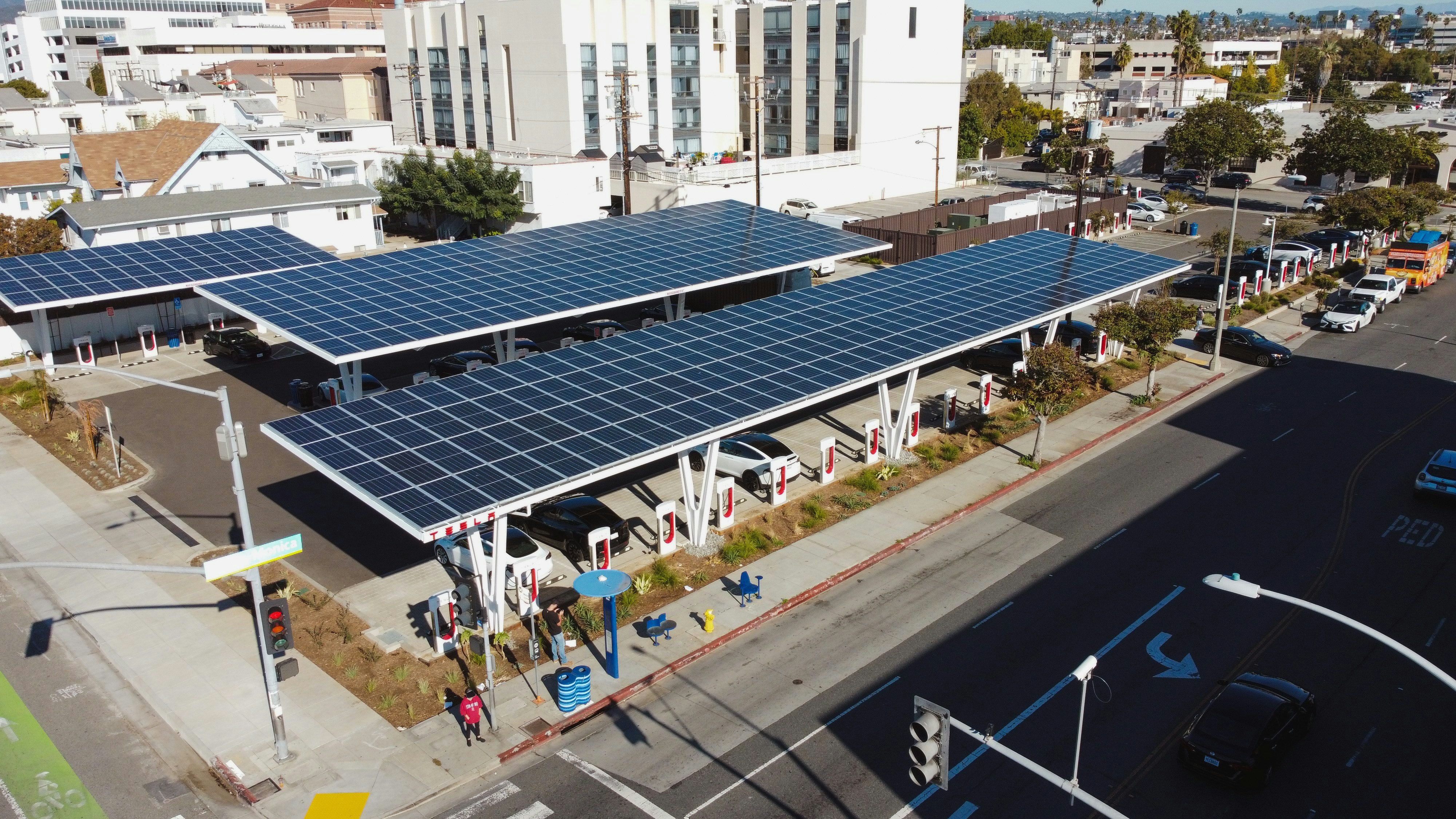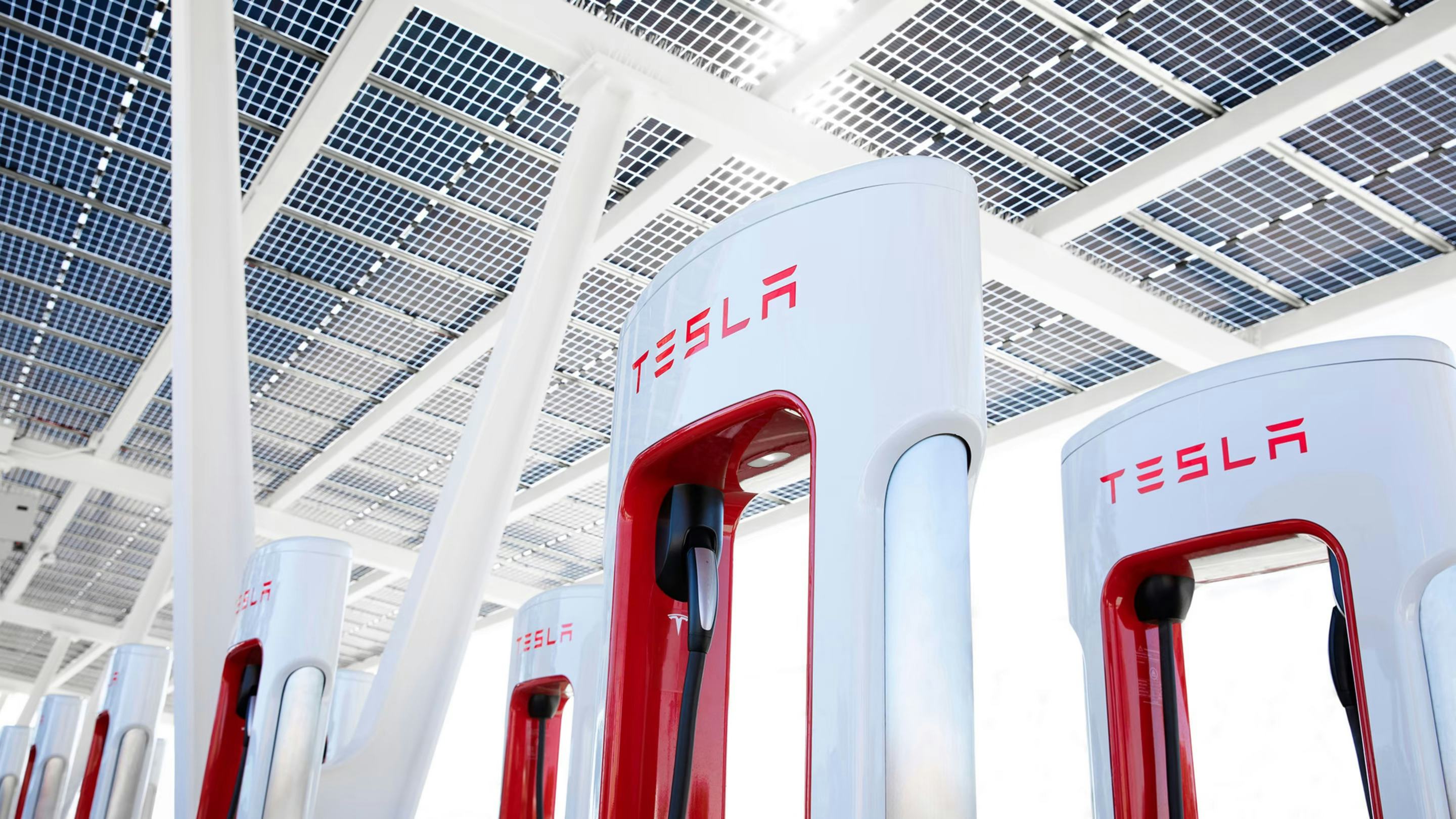
We’re not shy about criticizing Tesla’s past decisions, but its latest move to introduce congestion fees at its Superchargers may turn out to be a win-win. Certain Supercharger stations in the U.S. will soon start charging users $1 per minute if the charging area is busy and your EV is already charged up to 90 percent or more.
From Tesla’s FAQ page on Supercharger fees:
We envision a future where vehicles move themselves once fully charged, enhancing network efficiency and the customer experience even further. Until then, we ask that vehicles be moved from the Supercharger once charged. A customer would never leave a vehicle parked by the pump at a gas station and the same thinking applies with Superchargers.
All EVs — Tesla and non-Tesla ones — at Supercharger stations will get an alert in the Tesla app notifying them if they’re about to get hit with a congestion fee. On top of that, Tesla users will have a five-minute grace period to disconnect from the Supercharger before they’re billed.
All of this may feel like a tax to top off your EV, but the real goal is to shorten wait times at Superchargers. There’s also a small upside: preserving your EV’s long-term battery health.

PROMOTING LONG-TERM BATTERY HEALTH
If you have a Tesla that uses a nickel manganese cobalt battery, better known as NMC, it’s recommended that you cap off the charging limit at 80 percent. Tesla and other EV brands like Hyundai even recommend that you set your charge limit to 80 percent for daily driving. You’re fine to charge up to 100 percent if you want, but it should be reserved for the scenarios where you need the full charge.
Not only does charging significantly slow down after 80 percent, but charging only to 80 percent is the best way to preserve the long-term health of your EV’s battery.
However, if your Tesla happens to run on a different battery chemistry, which would be lithium iron phosphate or LFP for short, you’re fine to charge it up to 100 percent. While LFP batteries can handle being at full charge better, they do suffer from worse cold weather performance.

CONSIDER YOUR FELLOW TESLA DRIVER
Long-term battery health aside, it’s clear Tesla needs to meet more demand at its Supercharger stations. There are increasingly more EVs on the road and likely a ton more EVs pulling up to Superchargers after Tesla opened them up to non-Tesla EVs. While Tesla is working on building out more charging stations, this congestion pricing should disincentivize people from lingering around longer than necessary.
Besides, you’re only getting so much more mileage from charging from 80 to 100 percent, while having to wait just as long as if you’re charging up to 80 percent.
It makes sense for Tesla to try to accommodate more EVs on the roads. While the congestion charging fee is sure to ruffle feathers, we’re not expecting many people to realistically be affected by it. For anyone who is worried about the fees, consider it a reality check to be more considerate of those waiting in line for a Supercharger.







